At the heart of one of Dana Energy’s largest onshore endeavors—the Sohrab Project—lies a place of extraordinary ecological and cultural significance: the Hour al-Azim wetland. Straddling the southwestern edge of Iran, this vast expanse of water, reeds, and life is more than a backdrop for industrial activity; it is a living, breathing ecosystem that sustains biodiversity, nurtures centuries-old traditions, and evokes a deep sense of awe.
In recognition of its environmental importance, a new book titled Hour al-Azim Wetland (Nature, Human, Industry), sponsored by the National Iranian Oil Company (NIOC) and Dana Energy, offers a compelling visual narrative of the wetland’s many dimensions. Authored and photographed by Pouria Ghelich Khani, a Dana Energy team member, the project is the culmination of a year-long journey through the heart of Hour al-Azim. What emerges is not simply a collection of images, but an artistic and heartfelt tribute to the land and its people, and an attempt to see and honor this ecosystem in all its complexity and beauty.
This tribute is more than an artistic endeavor. It calls on all of us to recognize that preserving and understanding this environment is not merely a matter of regulation; it is a shared responsibility rooted in awareness and care. This publication invites us to approach Hour al-Azim not only through facts and figures but also with feeling and reflection, encouraging a deeper sense of connection. Through its images and storytelling, it reminds us that art can cultivate the kind of understanding that facts alone cannot achieve.
Below, we share the preface of the book in full, authored by Pouria himself. His words speak to the philosophy behind the work, the artistic choices made, and the hopes carried by each photograph.
PREFACE
In our time, the modern human’s return to the embrace of nature—an echo of ancestral traditions—has once again taken center stage. This renewed bond, beyond an inevitable necessity, marks a fundamental step toward understanding environmental challenges and awakening a sense of responsibility toward the natural world. In environmental education, knowledge-based approaches have long prevailed; yet, knowledge alone lacks the power to create a profound and lasting resonance within human values. A true connection between humanity and nature flourishes only when emotion and sentiment serve as the bridge alongside awareness.
Amidst this dynamic, art stands as a steadfast link, connecting the human spirit to nature. Through this connection, emotions intertwine, and environmental concepts cease to be conveyed through rigid and formal methods. Instead, they find voice in creative, enduring, and evocative expressions. Art, with its profound influence, can heighten consciousness and encourage thoughtful dialogue on sustainability. This rare and invaluable medium transforms art into an effective and enduring tool for driving social change aligned with sustainable development, leaving a deeper and more remarkable imprint than conventional means of communication and advocacy.
Within this exploration, photography performs a kind of alchemy. A single image, free from the need for words, can speak louder than thousands of written pages or the longest of discourses, delivering its message with unparalleled clarity. This ability grants the camera a near-magical power, elevating photography to an influential art form in dialogue with environmental themes. As a result, photography has become an irreplaceable instrument in both environmental education and conservation projects.
This book has been shaped with this very vision in mind—a visual narrative of the majestic Hour al-Azim wetland, captured through the lens of a camera. It represents a year-long journey to document the diverse dimensions of this unique ecosystem: from its remarkable biodiversity to the daily lives of its wetland dwellers, from the impact of industrial development on these waters to the traditions deeply rooted along its shores. Undoubtedly, the grandeur of Hour al-Azim transcends the bounds of time, enveloping itself in a majestic aura that stretches beyond historical frameworks. A single year and the limited pages of this book cannot possibly encapsulate its full essence. At best, this collection presents but a fragment of the wetland’s enigmatic life—yet, with each step taken upon this land, its wonders remain so striking that it feels as though one is encountering them for the first time.
In the process of capturing these images, fidelity and authenticity remained the guiding principles. The photographs adhere to a documentary style, and in some cases, follow the Candid Photography approach, particularly in depicting the daily lives of local communities. After each session, consent was sought from the individuals portrayed. As for documenting the biodiversity of Hour al-Azim, while this book is not intended as a species Atlas, it strives to present a glimpse into the prominent and characteristic wildlife of this habitat—an offering, perhaps, to earn the favor of the cosmos. Only in special cases, such as capturing an image of the Mesopotamian smooth-coated otter—a native species of Hour al-Azim—did the process require a more focused effort, as its rarity and cautious nature made photographing it a nearly four-month endeavor.
This book is a tribute to this ancient wetland and its noble people. May it serve, however modestly, as a step toward raising public awareness of this invaluable ecosystem; for art is the language of passion, and passion fuels wisdom. And what greater development can there be than nurturing emotional intelligence and the fervor of knowledge—two virtues that art so masterfully cultivates? The persistent application of this artistic approach in environmental education is an undeniable necessity for safeguarding Iran’s natural heritage. Through its penetrating power, art possesses the rare ability to simultaneously conquer both heart and mind, acting as a formidable ally in the pursuit of sustainable environmental education. This need is now more urgent than ever—a need where the grace of art and the mystery of nature entwine.
Pouria Ghelich Khani
Winter 2025

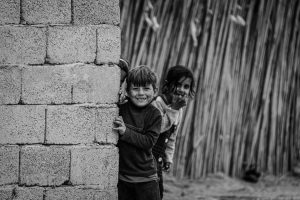
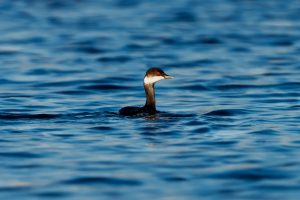
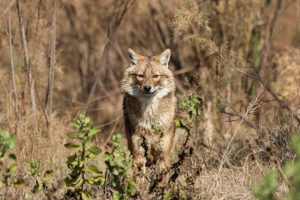
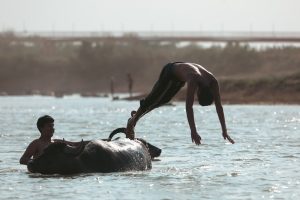
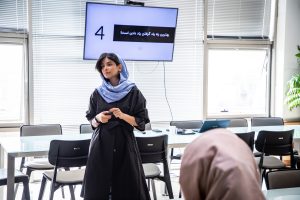
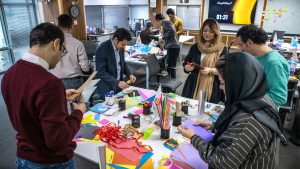

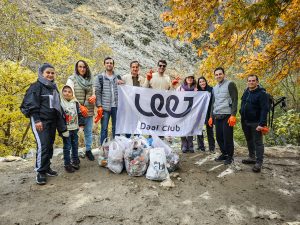
We Answer Your Questions